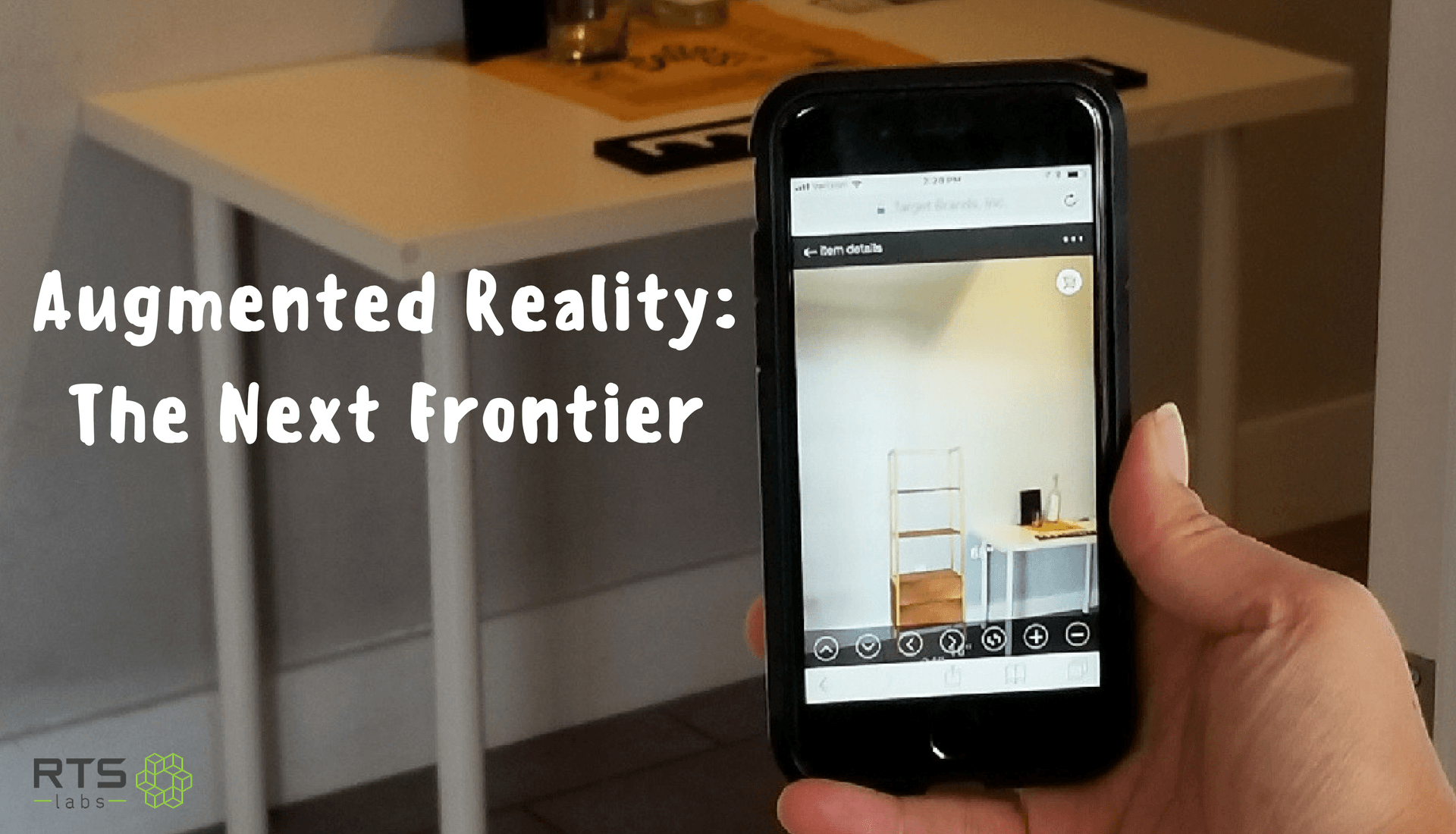Healthcare, higher education, medicine, and travel are all industries beyond the gaming industry that have been dipping their toes into the world of augmented reality (AR). While these industries play around with the possibilities of implementing AR or even virtual reality (VR), the retail industry has dived right in – which for us is a sign of things to come!
Target just announced its new mobile shopping tool, a feature called “See It In Your Space.” The feature allows you to visually see how an item from Target’s Project 62 line would look in your space using your smartphone’s camera. To use the feature, you must be on Target’s mobile website. When you see an item that strikes your fancy, you go to the product’s detail page and click the “See It In Your Space” button. From there, you’re prompted to take a photo of the room. The app gives you a three-dimensional version of the product that can be moved around to see how it would look.
According to Target’s website, “Decisions about style, color and size can paralyze even the most avid Chip and Joanna Gaines follower. What if the piece is too big? Too matchy-matchy with the rest of the room? To help quash these décor dilemmas, Target rolled out a new augmented reality feature on Target.com’s mobile website called See It In Your Space.”
AR=Augmented Retail
Target isn’t the first home furnishings retailer to play with augmented reality. The Chairish app has a “View In My Space” feature that launched in March, and Wayfair rolled out an augmented reality app in April. The Wayfair app is limited to ASUS ZenFone AR smartphone and Lenovo Phab 2 Pro smartphone users. In September, IKEA threw its hat into the ring with an app they built using Apple’s ARkit. The app is called IKEA Place. It gives you the option to insert any of the store’s sofas, armchairs, footstools, coffee tables and storage solutions into your space.
When major retailers start incorporating the same technology into their marketing, it’s a major sign of things to come. Beyond these new mobile shopping experiences, there’s a lot of investing and testing happening behind the scenes in various industries. IDC forecasted early this year that spending on augmented and virtual reality will reach $13.9 billion. Facebook has already acquired 11 AR/VR companies. According to the tech and business news site Recode, posts for augmented and virtual reality related jobs on LinkedIn have tripled in the past two years. And those are just the public-facing jobs. There are likely many others that aren’t advertised publicly.
So, what does that mean for the future of mobile experiences? It means that the possibilities are limited only by the will to innovate and the imagination of individuals and businesses. There are so many great business applications for augmented reality that span a wide range of industries. If you decide that AR is something your business could benefit from, ask yourself these five questions before moving forward with mobile app development.
If you feel confident it’s the right move, download our whitepaper below about how to write a strong request for proposal (RFP), which is an essential step in finding and working with the right vendor or agency for your project. Every successful technology project starts with a solid RFP. This whitepaper will get you started on the right foot.






